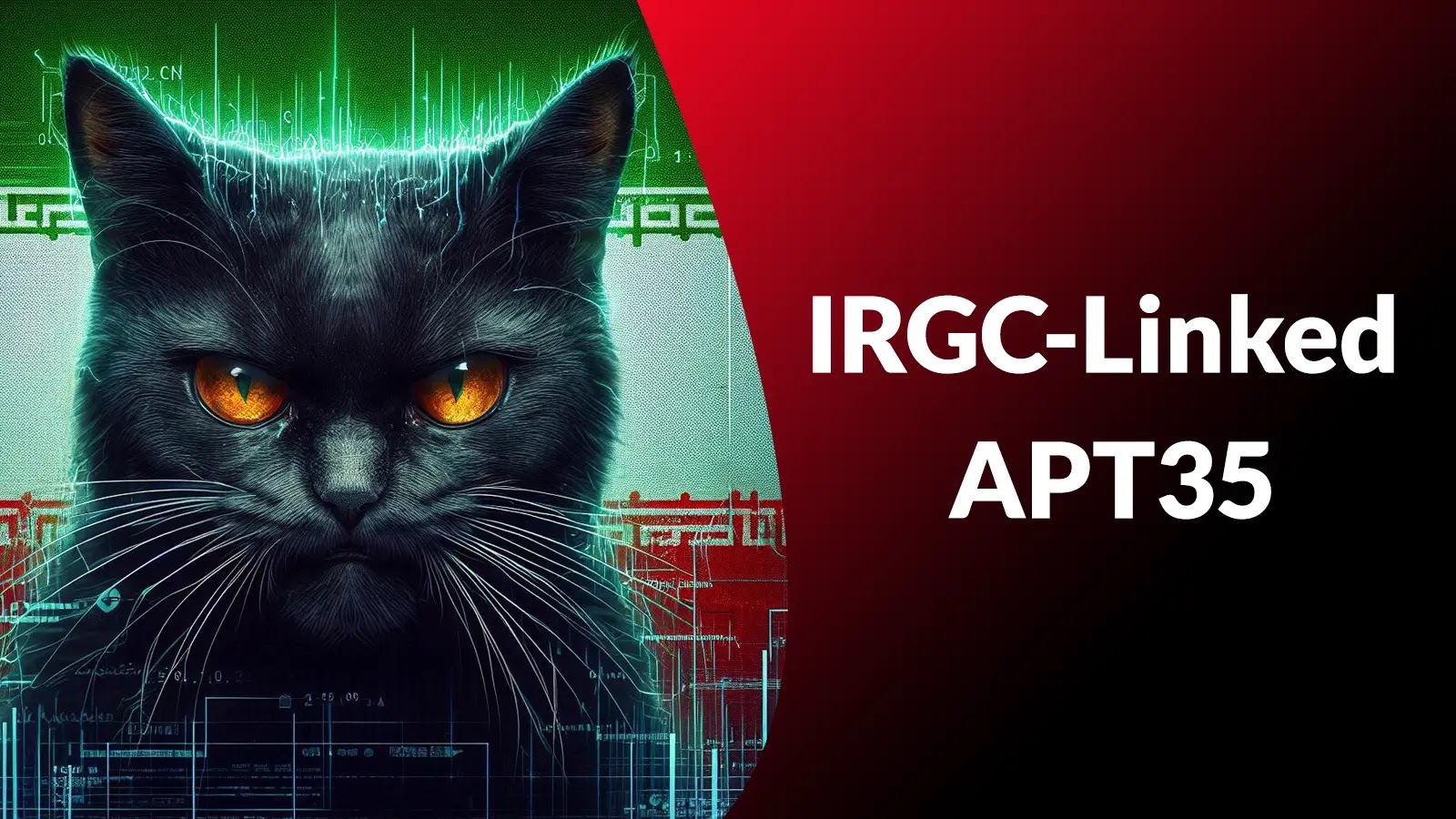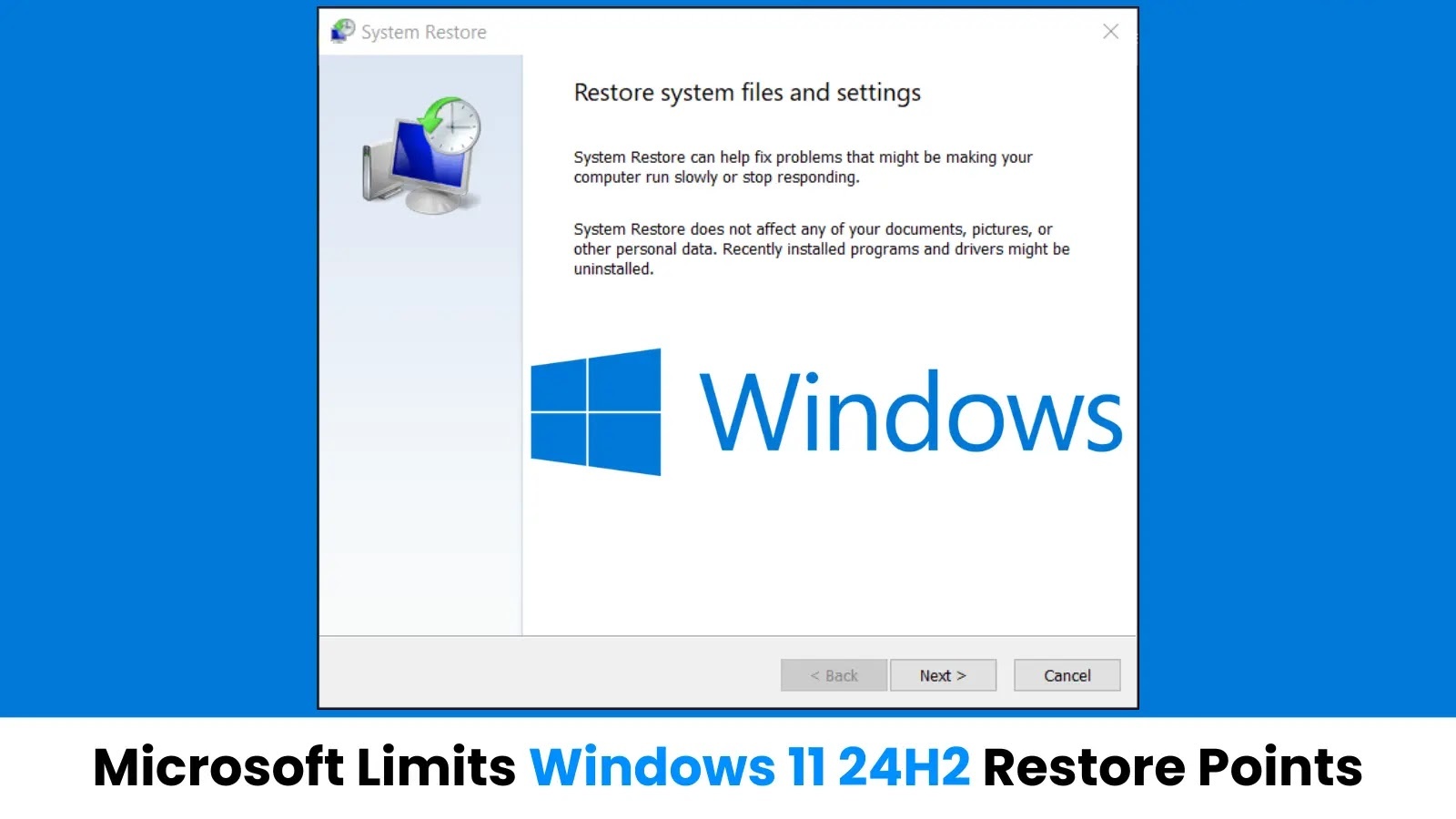Since its emergence in the mid-2010s, APT35, also known as Charming Kitten, has established itself as a formidable cyber threat actor. Linked to Iran’s Islamic Revolutionary Guard Corps (IRGC), this group has consistently evolved its strategies to infiltrate and compromise entities across the Middle East and beyond. Their primary targets include government agencies, energy corporations, and diplomatic missions.
Evolution of Tactics
Initially, APT35’s operations centered on credential harvesting through meticulously crafted phishing campaigns. These campaigns often exploited vulnerabilities in legacy Office macros, serving as the initial vector for deeper network penetration. Over time, the group’s toolkit has become more sophisticated, incorporating both custom-developed and publicly available components. This blend allows for adaptability and makes detection more challenging.
Modular Toolkit and In-Memory Execution
A notable advancement in APT35’s methodology is the shift towards in-memory execution techniques. By utilizing .NET-based implants, the group minimizes disk artifacts, complicating forensic investigations. This approach not only enhances stealth but also reduces the likelihood of triggering traditional security defenses.
Operational Security Measures
APT35 employs a range of operational security measures to maintain persistence and evade detection:
– Randomized Command and Control (C2) Beaconing: By varying the intervals at which compromised systems communicate with C2 servers, the group avoids patterns that could alert security systems.
– Encrypted Communication Channels: Utilizing encrypted HTTP/HTTPS channels ensures that data exfiltration and command transmissions remain concealed from standard monitoring tools.
These tactics have allowed APT35 to conduct prolonged espionage activities, often remaining undetected for extended periods.
Human-Centric Espionage
Beyond technical prowess, APT35 invests heavily in open-source intelligence (OSINT) gathering. By analyzing publicly available information, they craft highly convincing phishing lures tailored to their targets. This human-centric approach leverages current geopolitical events and professional networks, increasing the likelihood of successful infiltration.
Infection Mechanism: A Closer Look
The group’s infection strategy typically involves:
1. Weaponized Documents: Distributing Word documents embedded with obfuscated VBA macros.
2. Execution of Malicious Scripts: Upon opening the document, the macro executes a PowerShell command that appears as a legitimate Windows Update process.
3. Payload Deployment: This command downloads and decrypts a secondary payload, often a .NET-compiled backdoor known as PhosphorusLoader.
4. Persistence and Communication: The backdoor registers as a COM object, employs process hollowing to inject into `svchost.exe`, and intermittently communicates with a concealed C2 domain.
Implications and Recommendations
The activities of APT35 underscore the importance of robust cybersecurity measures:
– Regular Software Updates: Ensure all systems are patched to mitigate vulnerabilities exploited by such groups.
– User Education: Train personnel to recognize and report phishing attempts.
– Advanced Threat Detection: Implement security solutions capable of identifying in-memory execution and other sophisticated attack vectors.
By understanding the structure and tactics of groups like APT35, organizations can better prepare and defend against such persistent threats.



